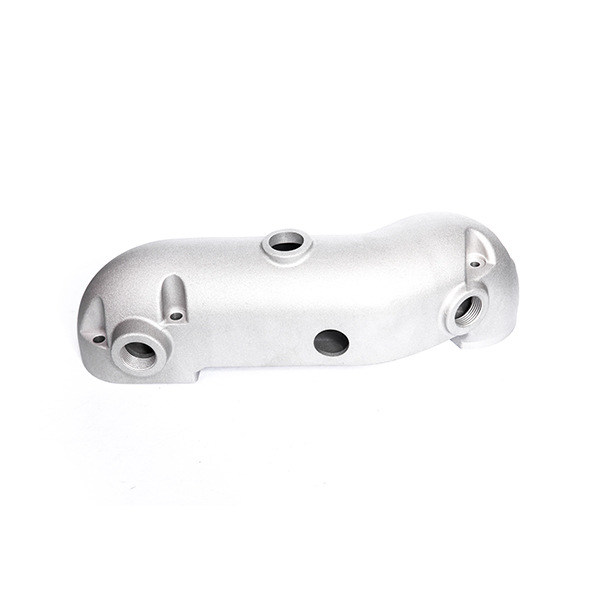Mobile:+86-311-808-126-83
Email:info@ydcastings.com
Advanced Techniques in Complex Metal Casting for Enhanced Industrial Applications
Complex Metal Casting An Essential Technique in Modern Manufacturing
The process of metal casting has been a cornerstone of manufacturing for centuries, enabling the creation of intricate shapes, designs, and structures. Among the various techniques employed in this field, complex metal casting stands out due to its ability to produce highly detailed and nuanced components that are often essential in modern technological applications. This article delves into the intricacies of complex metal casting, its advantages, applications, and innovations shaping the future of this essential manufacturing process.
What is Complex Metal Casting?
Complex metal casting refers to advanced casting techniques that allow manufacturers to produce parts with intricate geometries, tight tolerances, and superior surface finishes. Unlike traditional casting methods, which may be limited to simpler shapes, complex casting integrates sophisticated designs that can include complex internal features, undercuts, and fine details. This is often achieved through innovative mold-making techniques and materials, including sand casting, investment casting, and 3D printing.
Techniques Involved
Several methods contribute to the domain of complex metal casting, each suited to particular applications. Investment casting, for instance, uses a wax pattern that is coated with a heat-resistant ceramic shell. Once the shell is hardened, the wax is melted away, leaving a hollow space that precisely matches the desired shape. This method is particularly advantageous for components that require high precision and excellent surface quality, such as aerospace parts and medical devices.
Another prominent technique is sand casting, which utilizes sand as the molding material. For complex shapes, engineers can employ the use of cores made from sand to create internal passages and features. Recent advancements in computer-aided design (CAD) and simulation software have streamlined the design process and enhanced the capability of sand casting to meet stringent tolerances for complex parts.
Moreover, the emergence of additive manufacturing, notably 3D printing, has revolutionized the casting process. By allowing for rapid prototyping and the direct fabrication of molds, 3D printing significantly reduces lead times and costs associated with traditional casting techniques while enabling the production of highly complex geometries.
complex metal casting

Advantages of Complex Metal Casting
The primary advantage of complex metal casting is its versatility in producing intricate parts that would be otherwise challenging or impossible to achieve with traditional manufacturing methods. Complex castings can consolidate multiple components into a single piece, leading to reduced assembly time and lower production costs. Additionally, the tailored design potential allows manufacturers to optimize parts for weight, strength, and functionality, which is particularly crucial in industries such as aerospace and automotive engineering.
Another significant benefit is material efficiency. Complex castings can often be designed to minimize waste and scrap, as they can be tailored to utilize the exact amount of material needed for the finished part. This not only contributes to cost savings but also aligns with modern sustainability practices that prioritize reducing environmental impact.
Applications
The applications of complex metal casting are vast and varied. In the automotive industry, complex cast components are used in engine blocks, transmission housings, and structural elements that require both high strength and lightweight characteristics. Similarly, the aerospace industry relies on complex castings for turbine blades, control surfaces, and fuselage components, where precision and performance are paramount.
Additionally, the medical field benefits from complex metal casting in the production of implants and surgical instruments that require meticulous design and biocompatibility. Furthermore, sectors such as energy, defense, and consumer electronics increasingly depend on complex cast components to drive innovation and maintain competitive advantages.
Conclusion
As the demand for high-performance, lightweight, and cost-effective components continues to rise, complex metal casting stands as a critical manufacturing process that addresses these needs. With ongoing advancements in technology and materials, the future of complex metal casting is poised to revolutionize the production landscape, enabling manufacturers to meet the challenges of modern design and manufacturing head-on. By embracing innovation and precision, complex metal casting will undoubtedly continue to play a vital role in shaping industries worldwide.
-
Impeller Technology That Powers Precision in Pump SystemsNewsMay.22,2025
-
Valve Durability Begins with Quality Cast Iron ComponentsNewsMay.22,2025
-
Performance Cooling with Advanced Automobile Water Pump SolutionsNewsMay.22,2025
-
How Motor Housing and Oil Pans Shape Engine PerformanceNewsMay.22,2025
-
How Metal Castings Drive Modern Manufacturing EfficiencyNewsMay.22,2025
-
Exploring the Engineering Behind Valve Body CastingsNewsMay.22,2025











